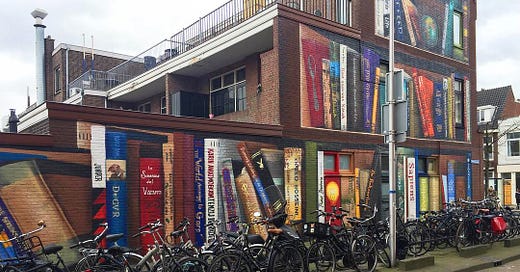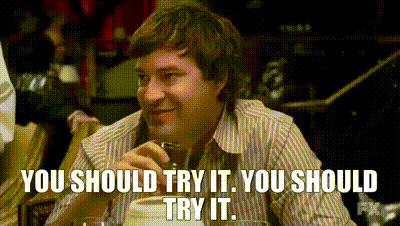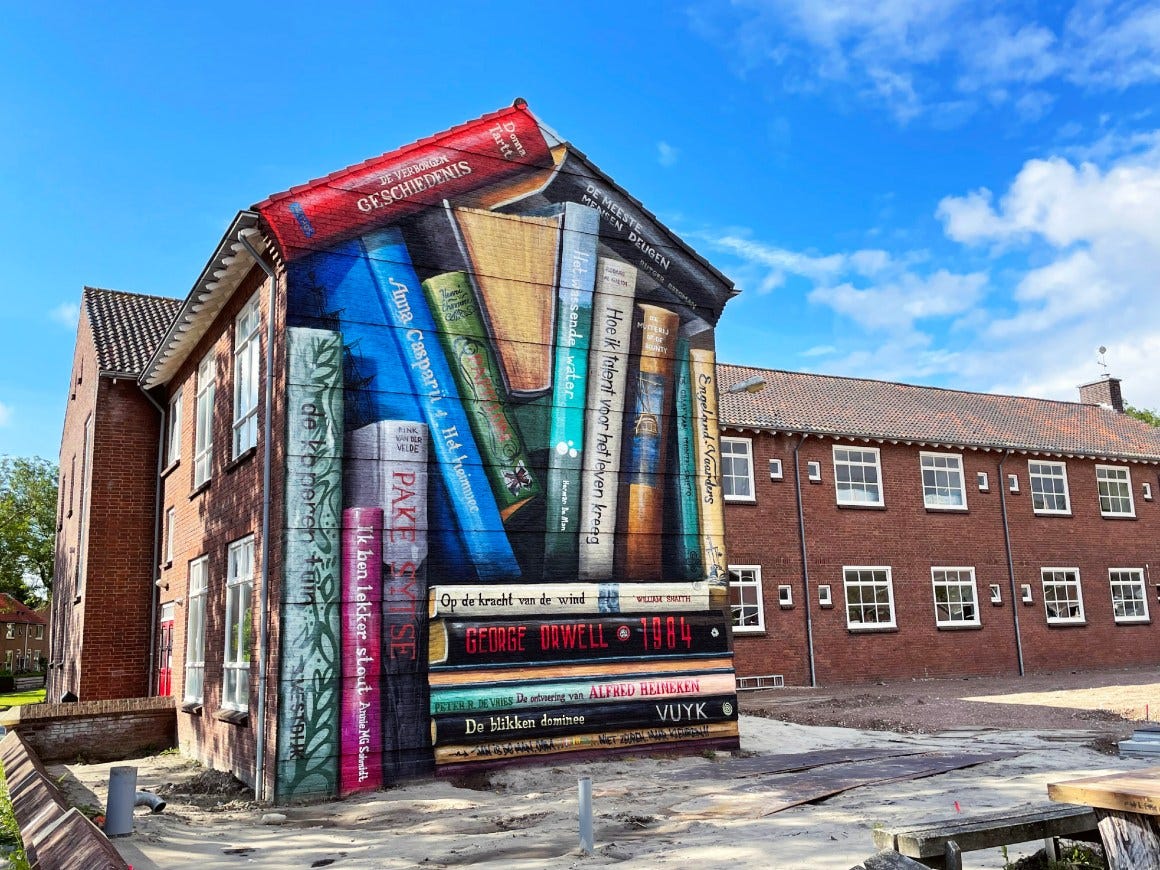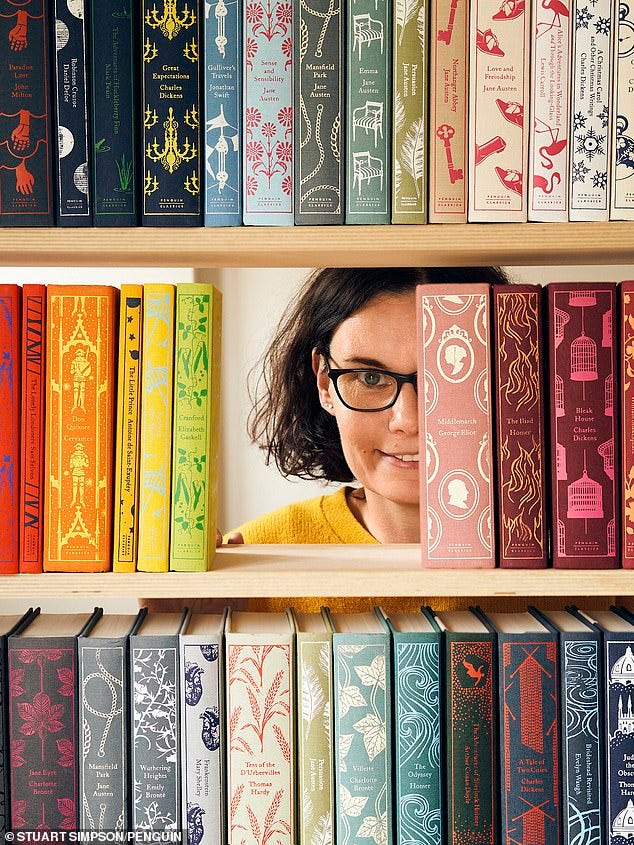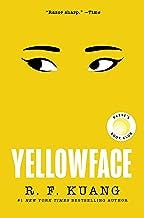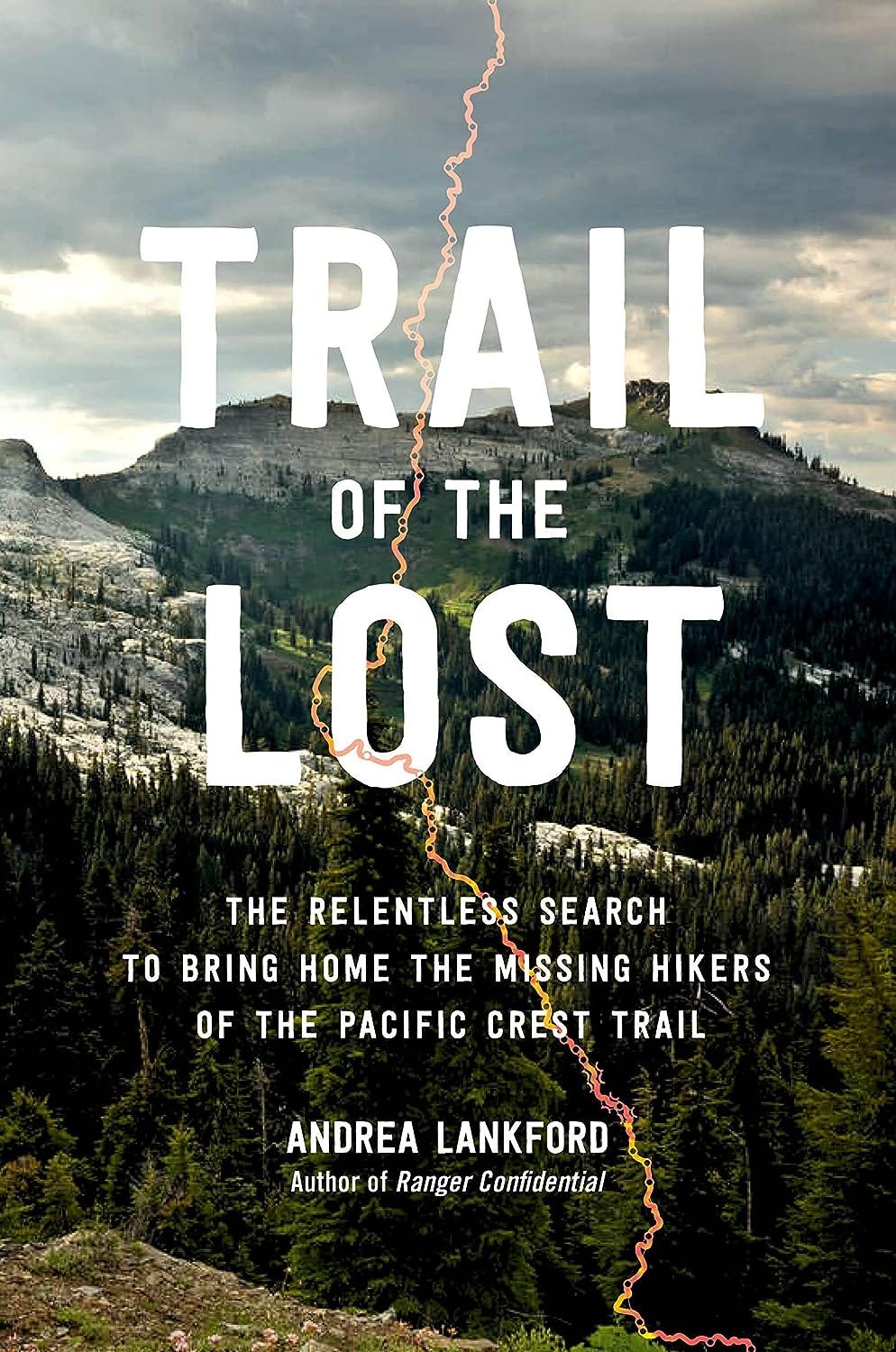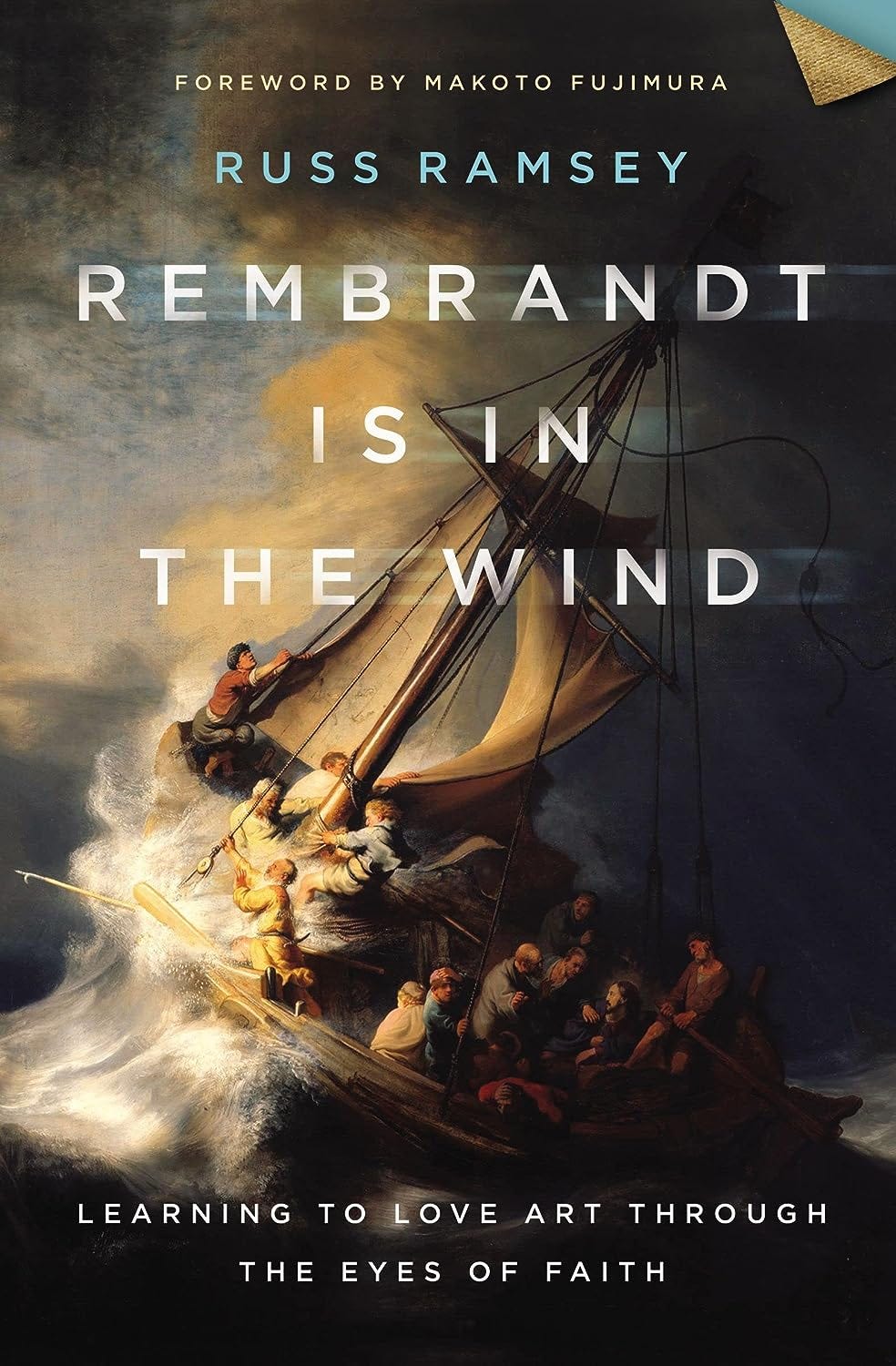“So many books, so little time” is a phase that rings true for most of us. After all, each and every Tuesday is publishing day: more and more books are continually being brought into the world. Not to mention older backlist titles that I am just now discovering or want to reread. But one factor that helps me read eight-ten books a month (ahh such a small drop in the ever expanding bucket) is my love of audiobooks. As recently as 2019, only about 15% (12 of 78) of the books I read were in audio format. Last year it was 51% (64 of 123) and I am on a similar track this year. By incorporating audio books into my reading life, I have been able to enjoy more books. As an audio enthusiast, I am often surprised to speak with people who don’t listen to books at all.
When I look back at some of my favorite books of the year, often I listened to them. I say this to encourage those of you who have yet to embrace listening to books. I know there are some issues that come with audio books but I think most can be dealt with.
On the plus side, here are some great reasons to use audio books:
You can multitask. Pop the earbuds in when doing rote tasks like folding laundry, cooking dinner, fixing things, and walking the dog. I love to listen while I stitch.
They are great for a shared reading experience - you can listen with others, especially during car rides.
The quality is excellent. Professional narrators and even actors, the use of multi-person casts, and other factors have improved the audio experience from years past.
The expanded availability and choice. There are so many options now. To get free books use Libby & Hoopla. For inexpensive books check LibroFM sales & Chirp. For subscriptions, consider Scribd, LibroFM & Audible.
I know some of you are objecting, wanting to tell me all of the issues you have with audio. I understand, it is not perfect: not liking the narrator, difficulty skimming sections you don’t want to listen to (graphic violence, medical procedures, injuries, etc), missing out on visual references (maps, timelines, cast listings), or getting confused with complicated plots. But again, you don’t need to listen to every book, just the right books.
Here are my recommendations for improving your listening experience:
Find your sweet spot for genre, narrators, and authors. Before diving in and purchasing an audio book, borrow them to see what types work for you.
Don’t be afraid to stop listening if you aren’t enjoying the book or audio experience. I do this all the time! I probably finish about half of the audiobooks I start.
Listen at a faster speed. I am not one of those crazy people that listen at 1.75-2X faster, but just edging it up a bit to 1.2-1.3X can make the reading experience more absorbing.
Practice. It takes time to teach our brains a new way of taking in information. I used to only listen to non-fiction and got lost with fiction, but I kept at it and now enjoy most genres.
A few recent audiobooks I highly recommend are The Bandit Queens, Remarkably Bright Creatures, Everything Sad is Untrue, Taste, and Frankenstein.
These bookish murals by Dutch street artist Jan Is De Man are amazing!
News and Links
Have you ever wondered how many books are in a series or in what order? This is a great resource that allows you to plug in the name of the author or book and it will give you all the info you want to know.
Simon & Schuster (one of the big five US publishing houses) has just been acquired by a private equity firm. Do they know something that we don’t about the profitability of the book industry? Publishing is a notoriously low-margin business and I am curious if an industry disruption is on the way. Want to know more? Read this fascinating article about the recent history of publishing in the United States.
I love this article about book cover designer Coralie Bickford-Smith, her not so great start, and how her designs for Penguin Random House Classics have become collectors items.
Recent Reads
This is a striking cover that has been everywhere this summer. Yellowface is a literary examination of the publishing industry, targeting people in the public eye, and a scathing look at how people make flagrant choices and justify them without limits. It is the story of writers and frenemies. June is struggling as a writer and looks enviously at her friend Athena’s success. Athena is the “it girl” of publishing. During a night of celebrating another one of her successes, she dies in a tragic accident. June decides this is her opportunity. After calling the medics, she happens to slide her friend’s newest manuscript into her bag. And thus starts a nail biting journey fraught with theft, obfuscation and justification. What also sets things on edge is that Athena is Asian and writes from experience and research rooted in her ethnicity. When June tries to claim justification for being in this space, she finds out how hard that is. If anyone remembers the controversy around American Dirt, then some of this will be familiar. What takes this book up a level, besides excellent writing and pacing, is the sheer gall of the main character. [Published: 5/23, Pages: 329]
Sunshine Nails is a contemporary fiction novel that centers around the Tran family. Set in Toronto, Debbie and Phil Tran have owned and operated Sunshine Nail Salon for almost twenty years. But as age is catching up with the couple, gentrification is impacting their business. A new high-end salon is opening up right across the street at the same time they are struggling to pay rent. The Trans have two adult children, both dealing with uncertainty and instability in their own lives. The author structures the book by shifting viewpoints in the family, adding the perspective of their niece (recently arrived from Vietnam). This is one of the best family novels I have read in ages. The characters are well drawn and mostly likable, but certainly not perfect. They make mistakes, sometimes fail, but always stay part of the family even when difficulties arise. I listened to this and the audio has a full cast making it easy to remember who is talking and bringing the book to life. I have heard very little about this book and really think it is worth your time. [Published: 7/23, Pages: 303]
I have recently zeroed in on a subgenre of books about people that have disappeared in the woods. Trail of the Lost is a compelling story about the hunt for three men that have gone missing in the past few years on the Pacific Coast Trail (PCT). This is not a true crime story, but a forensic deep dive on how to look for missing people in the wild. It details long laborious searches where few clues are available. Even the last known sighting is not often reliable. The author writes from her perspective as a searcher: She spent 12 years as a law enforcement ranger in the National Parks and is currently a nurse, and an avid hiker. I learned so much about the hiking community - about through-hikers (long single route hikes), hiking angels (people who actively help through hikers), and about the strange or dangerous people that are also attracted to this way of life. As a reader, you get a clear picture of how limited the resources are for finding lost hikers and how little help is available from local law enforcement. Issues over whose responsibility it is, when to consider a person lost (most of the missing are adults on an extended break from life in society), and other factors play a role. If any of this sounds interesting, then I highly recommend this book. [Published: 9/23, Pages: 352]
I love Rembrandt is in the Wind, and by that I mean I want to carry it around and hug it. This will definitely make my top ten of the year. I experienced so many feelings slowly reading through this book. Ramsey focuses on nine painters - telling us fascinating stories about each person and what made their art unique. But then he also looks at the heart of each artist. Where they struggled - not just in the world but in their soul. What formed their art and what obstacles they faced. This is in no way a complete book on art history but does include artists that we are familiar with. Starting with Michelangelo’s David, moving through Rembrandt and Vermeer, and more recent artists such as Tanner and Hopper. Though Ramsey views these artists and their work through a lens of faith, it is not a religious book. It is really about the brokenness that we all carry through life. A fascinating read; not a “swallow the medicine” book. It brought me joy and beauty, taught me about art, and made me look at the world more deeply. [Published: 3/22, Pages: 272]

